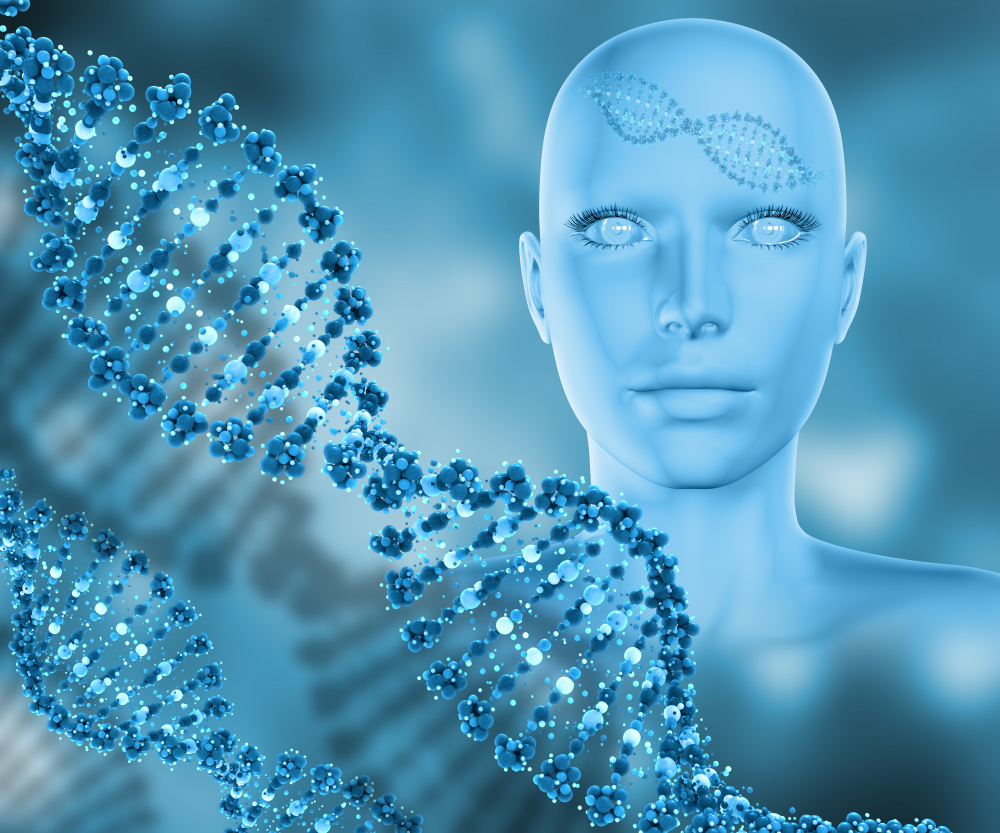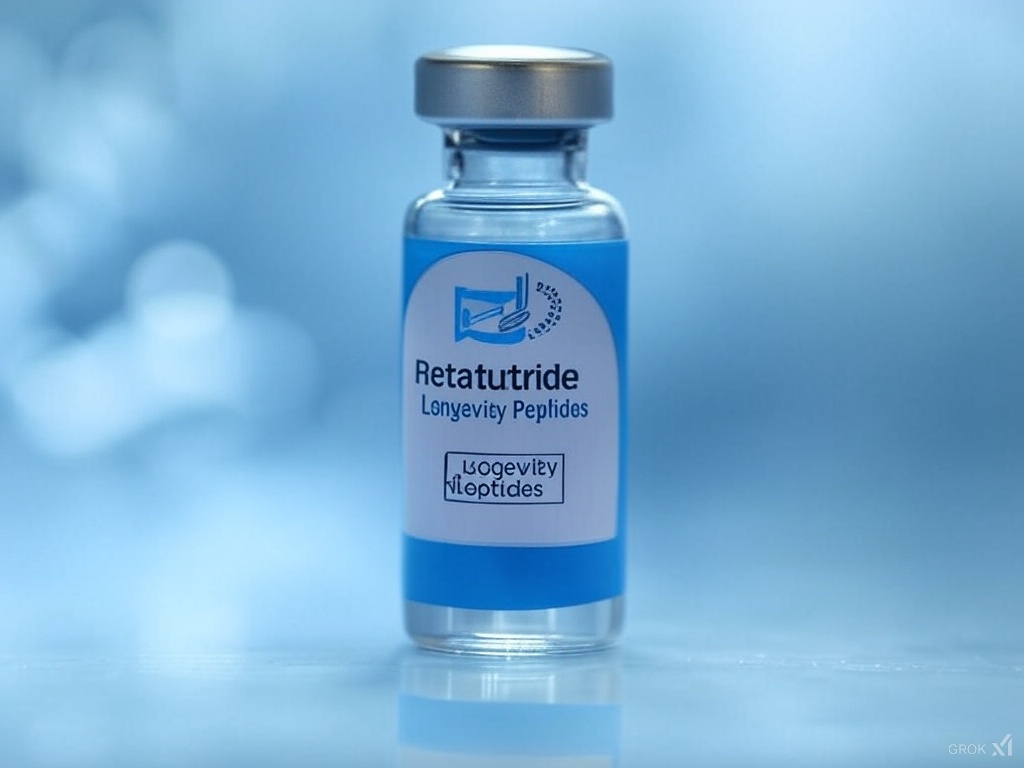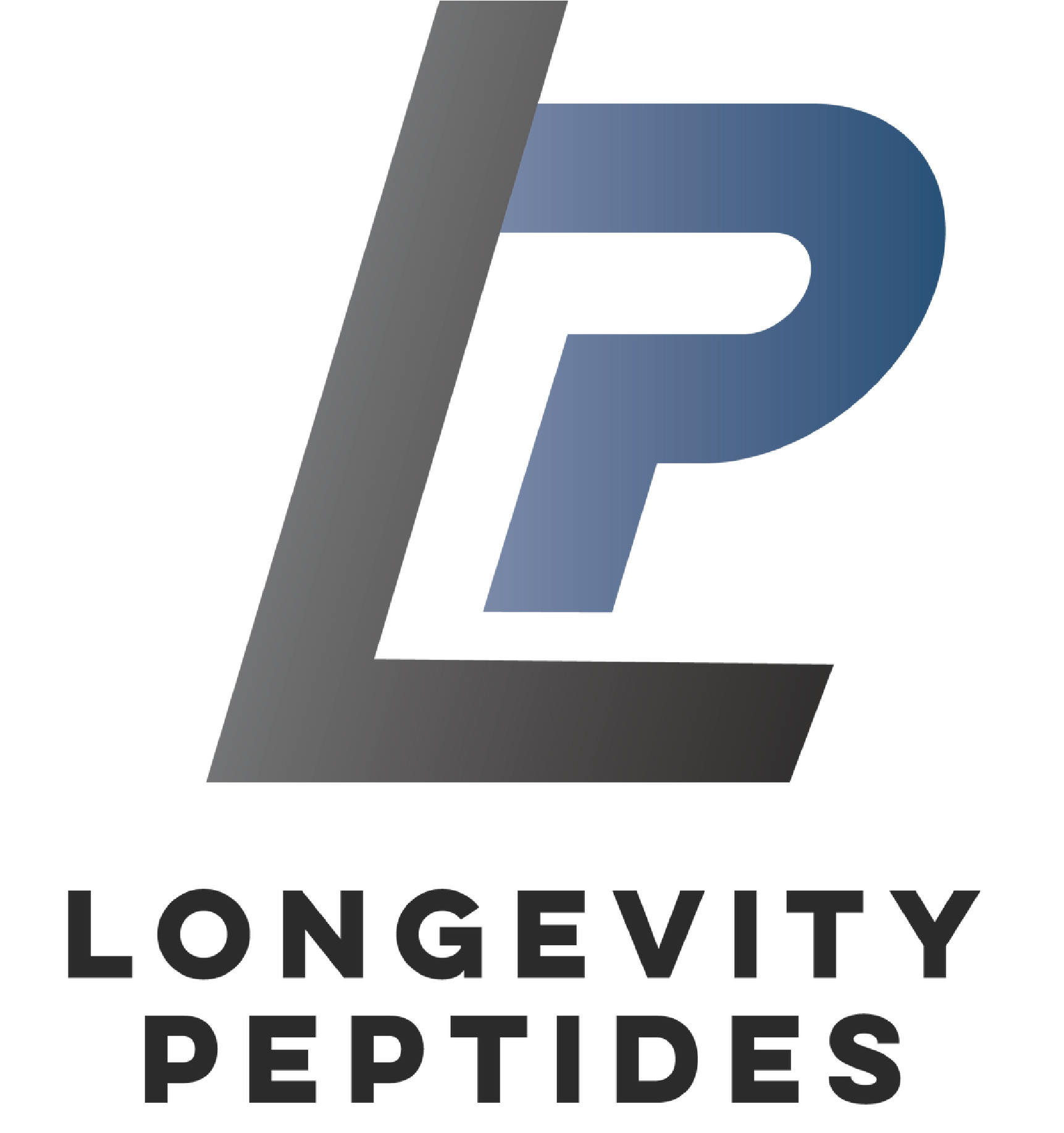Peptides
Transforming Wellness, Performance, and Longevity
What Are Peptides
Peptides are short chains of amino acids, which are the building blocks of proteins. They occur naturally in the human body and in various biological sources, playing critical roles in functions such as cell signaling, immune response, and metabolic regulation.
Natural Sources of Peptides

Peptides are found in:
- The Human Body – Many hormones and enzymes are peptides, including insulin, growth hormone, and endorphins.
- Food Sources – Peptides can be derived from proteins in foods such as milk, eggs, soy, meat, and fish. Some bioactive peptides, like casein peptides from milk, have specific health benefits.
- Plants and Microorganisms – Some plants and bacteria produce peptides with antimicrobial or therapeutic effects.
How Peptides Are Made in Labs
While some peptides can be extracted from natural sources, most peptides used in medicine and research are synthetically produced through peptide synthesis. There are two primary methods for making peptides:
1. Solid-Phase Peptide Synthesis (SPPS)
- This is the most common method for making peptides in laboratories.
- It involves linking amino acids together one at a time in a stepwise fashion on a solid resin support.
- SPPS allows for precise control over the peptide sequence, making it possible to create custom peptides for medical and research applications.
2. Recombinant DNA Technology
- This method is commonly used for large-scale production of peptide-based drugs like insulin and GLP-1 receptor agonists (e.g., Semaglutide and Tirzepatide).
- This method uses genetically modified bacteria or yeast to produce peptides.
- Scientists insert the DNA sequence for the desired peptide into a microorganism, which then produces the peptide as it grows.
Why Synthetic Peptides?
- Many peptide-based drugs, including GLP-1 receptor agonists used for diabetes and weight loss, are lab-synthesized to ensure precise dosing and effectiveness.
- Synthetic peptides ensure purity and consistency, which is crucial for medical applications.
- They allow for modifications, such as increased stability or enhanced absorption in the body.


